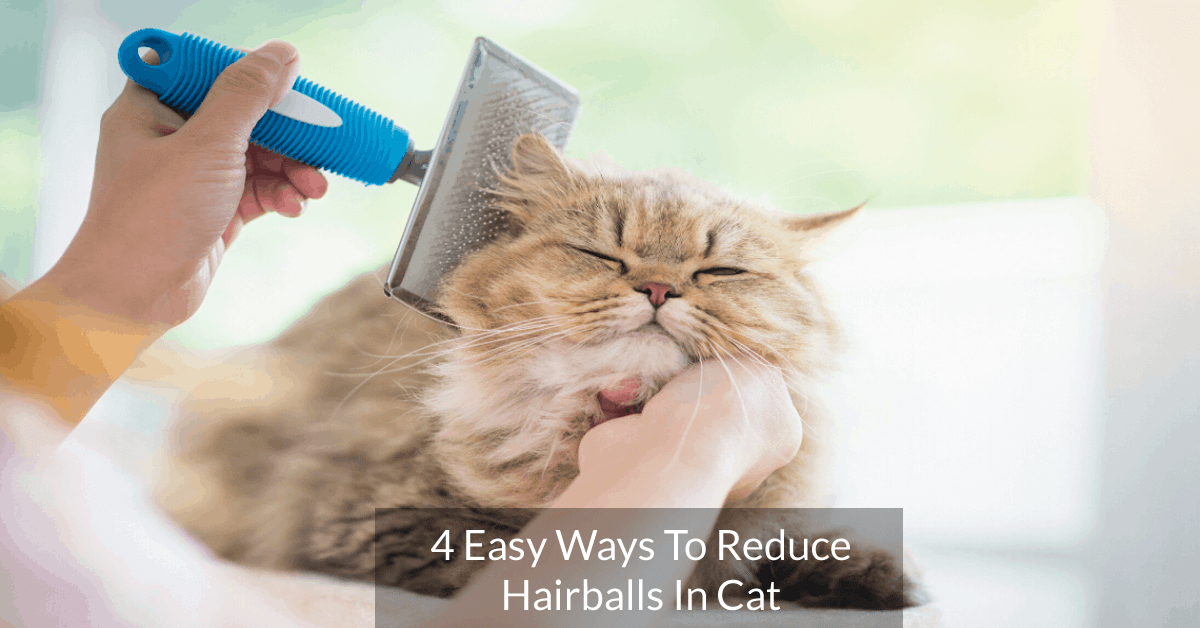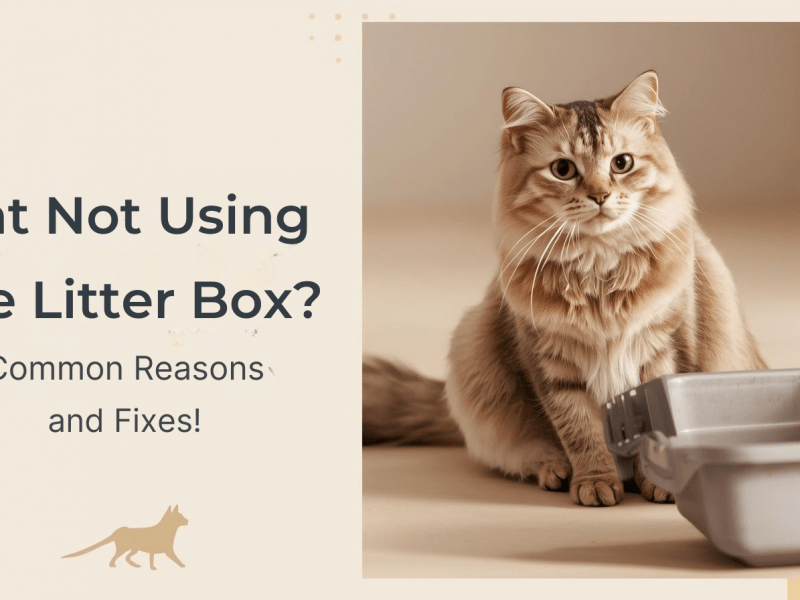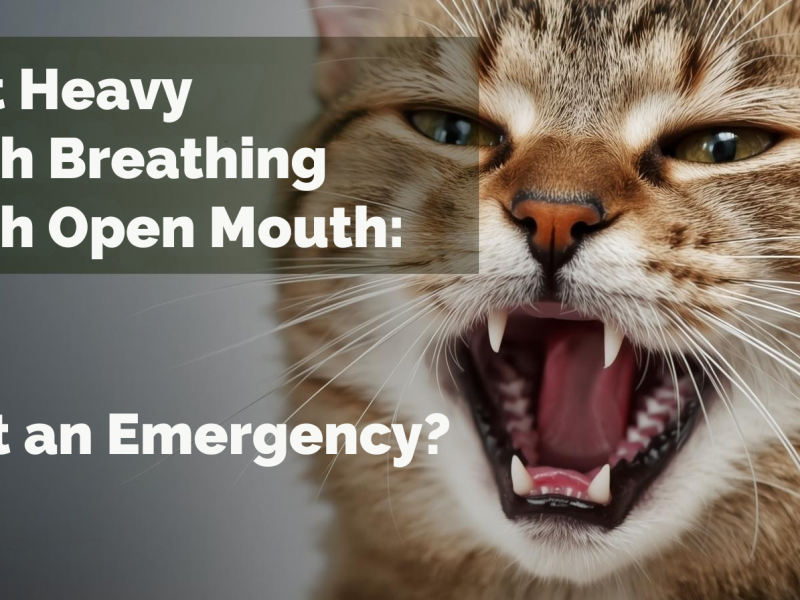Often, you might have seen your cat puking hairballs. Though it is common, do you know what, why and how you can reduce hairballs in your cat and fine-tune its health? With MyFurries you can!
There is no good way or a decorated way to describe your cat’s hairballs. Yes, it’s gross. But what you need to know is that it’s not uncommon. Though young cats don’t often suffer from hairballs much, they develop with age as they grow old out of excessive grooming habits. But before that do you know what actually a hairball is and how it forms in your cat’s soft and fluffy tummy.
What is a hairball?
It is fairly known that cats are wonderful self-groomers and don’t require a regular bath. By nature, they have a hook-shaped structure on the tongue that helps pick off the dead hairs off its coat. Since it is located at the bottom end of the tongue that cat has no other go but to swallow the hairs it has picked. You might often notice some hair in your cat’s litter.
This is because most hairs pass subtly with active regular digestion. Some might stay back and form a cluster of balls along with the digestive juices present in the cat’s stomach. But remember, mostly it is no reason to worry. After some time, the formed hairball takes its exit via vomiting. So when you see your cat retching, gagging or puking, remember it’s just a hairball.
How to avoid hairballs:
- Groom your pet regularly:
Cats shed hair regularly. Combing or brushing their coat would remove the excess or fallen hair, reducing the chances of hair consumption to a great extent, thereby lowering the chances of a hairball.
- Hairball food:
Hairball food is essentially cat food rich in fibre and nutrients to help digest better, pass them easily thus averting the formation of hairballs. Besides, a healthy diet also helps to reduce the shedding of hair in your cat for a large part. Mixing pumpkin seeds or foods that are rich in fibre regularly in your cat’s diet might avert such complications naturally.
3. Lubricants:
Today there are many hairball lubricants in the pet store that acts as a mild laxative, aiding the hairs to pass gently through excretion in the litter rather than vomiting the hairball following its tumultuous exit up through the oesophagus.
4. Water:
Did you know? Water is an excellent natural lubricant and a great way to make sure of your cat’s health. Hydrating your cat as frequent would help keep your cat active while reducing the risks of a hairball. Wondering how? A hydrated cat’s quality of hair is far better and healthier and hence avoiding frequent breakages and shedding.
5. Break Excessive Grooming:
A bored cat might often indulge in excessive self-grooming, increasing the chances of a hairball formation. And you know what? The likeliness increases with age. Discouraging your cats from such behaviours and distracting them with toys and treats would help break excessive grooming.
When to visit the vet:
Yes, hairballs are common. But when you see your adorable little cat puking hairballs more than a few times a month or gagging and retching for a long time with no sign of any hairball coming out, you might consider visiting a pet. These symptoms can be considered as a cat’s vocal cry for help.
- Constant retching or gagging
- Lethargy
- Lack of appetite
The vet will examine your cat and proceed with the treatment required.
Fluffy pets are great! And now you don’t have to worry about hairballs too! What’s more, start Snuggling with your cute little companion and show them they are so loved! For more tips on cat health and wellness check out the MyFurries blog.



